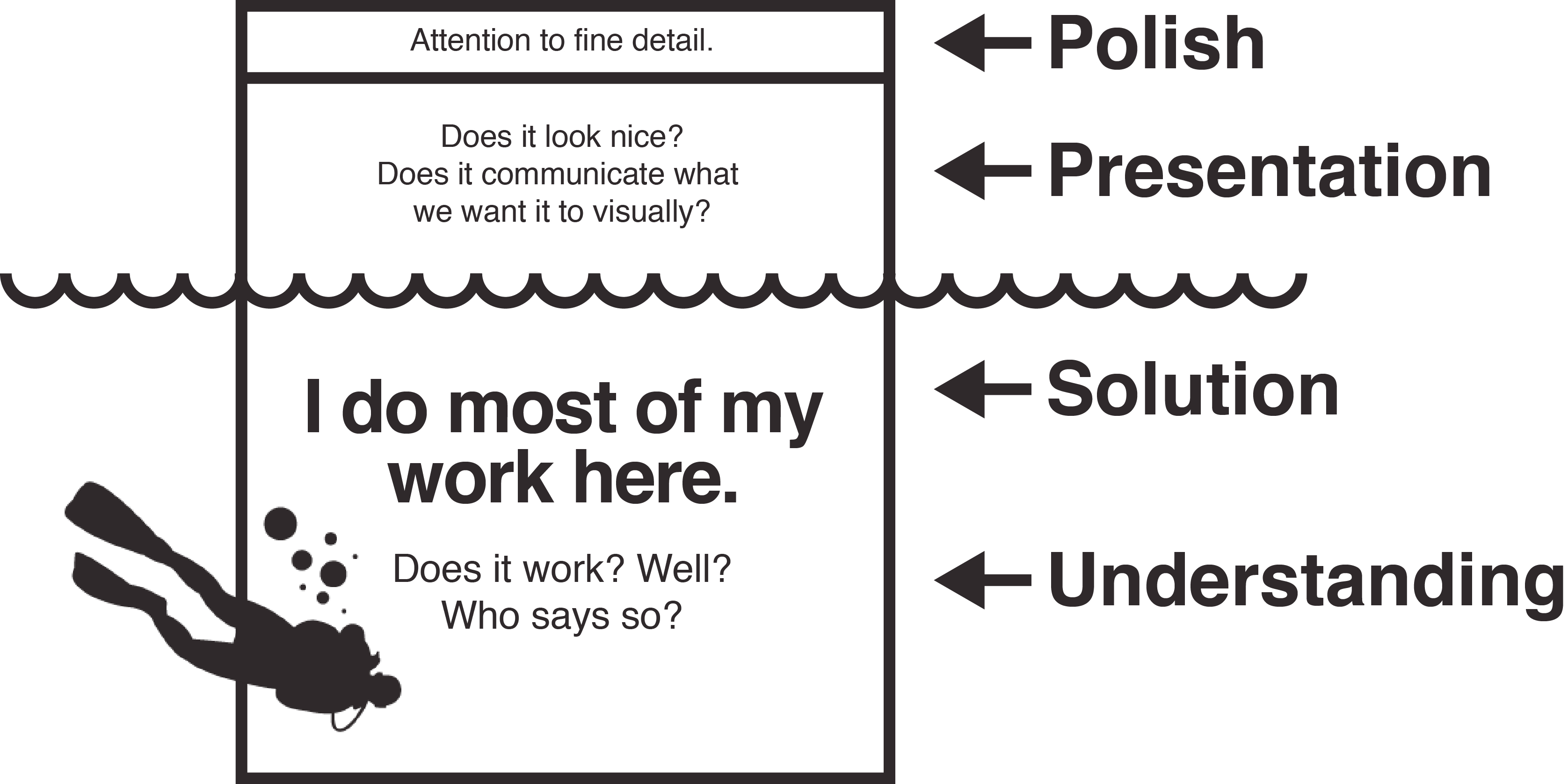In a Nutshell
I am a seasoned product development professional with a broad base of practical experience. I specialize in the deep dive—helping my clients untangle complex systems and developing software products to support them. I do this using an evidence-based, human-centered, approach—long familiar to design and now enjoying wide adoption by business under the banner of design thinking.
I am also available to teach companies about design thinking and employing a human-centered approach to product development. I have experience teaching human-factors, design theory, and design methods in both the university classroom and corporate environments and I recently co-authored a two-half-day workshop on design thinking tailored for a non-design, corporate, audience.
















































